Welcome to our comprehensive guide to compostable plates! In this resource, we will dive deep into various aspects of compostable plates, offering you a go-to reference for all your questions and concerns. Whether you’re an environmentally conscious individual, a business owner, or an event planner, this guide will equip you with the knowledge needed to make informed decisions about compostable plates. Let’s explore their benefits, materials, certifications, composting process, and proper disposal methods to help you embrace sustainable choices with confidence.
Comparison of Compostable Plate Materials

1. Bagasse:
Bagasse, a byproduct of sugarcane processing, is a popular material for compostable plates. It offers several advantages, including its high availability, biodegradability, and sturdy nature. Bagasse plates are heat-resistant, making them suitable for hot and cold food items. However, their moisture resistance may vary, and they may require additional processing to improve water resistance. Bagasse plates are a great choice for single-use applications, picnics, and casual dining.
2. Bamboo:
Bamboo, known for its fast growth and renewability, is another sustainable material used in compostable plates. Bamboo plates are lightweight, strong, and often feature an elegant natural aesthetic. They are suitable for a wide range of dining purposes, from everyday use to special occasions. However, some bamboo plates may be coated with a thin layer of PLA to enhance their water resistance, so it’s essential to check for certifications that ensure the entire plate is compostable.
3. Palm Leaf:
Palm leaf plates are made from fallen palm leaves, offering a unique and natural appearance. They are sturdy, oil-resistant, and microwave-safe, making them suitable for various culinary applications, including oily and hot food items. Palm leaf plates are a great choice for outdoor events, weddings, and eco-conscious gatherings. However, their production may involve energy-intensive processes, so it’s important to consider the sustainability practices of the manufacturers.
4. Wheat Straw:
Wheat straw, an agricultural byproduct, is a renewable and compostable material used in plates. It has a natural appearance and texture, making it a popular choice for eco-friendly tableware. Wheat straw plates are microwave-safe and oil-resistant, suitable for a wide range of food items. However, they may have a slightly shorter shelf life compared to other materials, as they are more prone to moisture absorption. Wheat straw plates are ideal for casual dining, picnics, and eco-conscious events.
5. PLA (Polylactic Acid):
PLA, derived from plant starches (such as corn or sugarcane), is a versatile material used in compostable plates. It offers good clarity, strength, and heat resistance. PLA plates are often indistinguishable from traditional plastic plates, making them a popular choice for eco-conscious consumers seeking familiar aesthetics. However, it’s important to note that PLA plates require industrial composting facilities for proper decomposition and may not be suitable for home composting. PLA plates are suitable for a wide range of applications, including catering events, food trucks, and takeout services.
Environmental Impact and Considerations
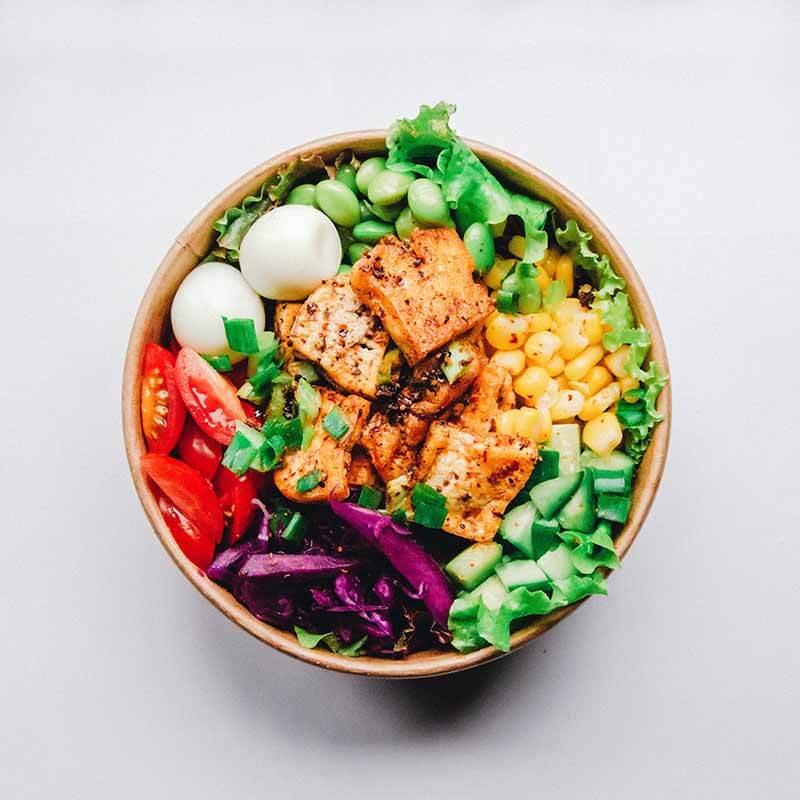
All the materials discussed have a lower environmental impact compared to traditional plastic plates. They are sourced from renewable resources and have a reduced carbon footprint. However, it’s important to consider the manufacturing processes, certifications, and end-of-life disposal options for each material. Look for compostable certifications such as ASTM D6400 or EN 13432 to ensure the plates are genuinely compostable. Additionally, consider the availability of composting facilities in your area for proper disposal.
1. The Benefits of Using Compostable Plates for Catering:
Using compostable plates in catering offers several advantages. Firstly, they are made from renewable resources, reducing reliance on non-renewable materials. Secondly, compostable plates contribute to waste reduction, as they can be composted after use, diverting them from landfills. Thirdly, they showcase your commitment to sustainability, creating a positive brand image and resonating with eco-conscious attendees. By choosing compostable plates, you align your catering practices with environmental values, leaving a lasting impact.
2. Addressing Concerns: Capacity, Temperature Resistance, and Composting Infrastructure:
- Capacity: Compostable plates are available in various sizes and shapes to accommodate different food portions. Consider the nature of your event, the types of dishes served, and the expected number of attendees when selecting the appropriate plate size and shape. Ensuring an adequate supply of compostable plates will maintain the smooth flow of your event.
- Temperature Resistance: Compostable plates are designed to withstand a range of temperatures. However, it’s important to consider the specific requirements of your dishes. Some compostable plates offer enhanced heat resistance, making them suitable for hot food items. Prioritize plates with appropriate temperature ratings to ensure the best dining experience for your guests.
- Composting Infrastructure: Before using compostable plates, it’s crucial to assess the availability of composting infrastructure in your event’s location. Research local composting facilities or collaborate with waste management companies that offer composting services. Ensuring proper disposal and composting options will maximize the environmental benefits of using compostable plates.
3. Recommendations for Sourcing Compostable Plates in Bulk:
- Certified Suppliers: Look for reputable suppliers that offer compostable plates certified by recognized organizations such as the Biodegradable Products Institute (BPI). Certification ensures that the plates meet stringent compostability standards, giving you confidence in the products’ eco-friendliness.
- Bulk Ordering: To minimize costs and reduce packaging waste, consider bulk ordering compostable plates. Many suppliers offer competitive pricing for larger quantities. Evaluate your event’s needs and estimate the required number of plates to place an efficient bulk order.
- Customization: Some suppliers offer customization options for compostable plates, allowing you to incorporate your event branding or logo. Consider working with such suppliers to create a unique and cohesive visual experience for your attendees.
- Sustainable Packaging: In addition to compostable plates, look for suppliers that provide eco-friendly packaging solutions. Opt for minimal or recycled packaging options to align with your sustainability goals.
Step-by-Step Guide to Composting Compostable Plates:
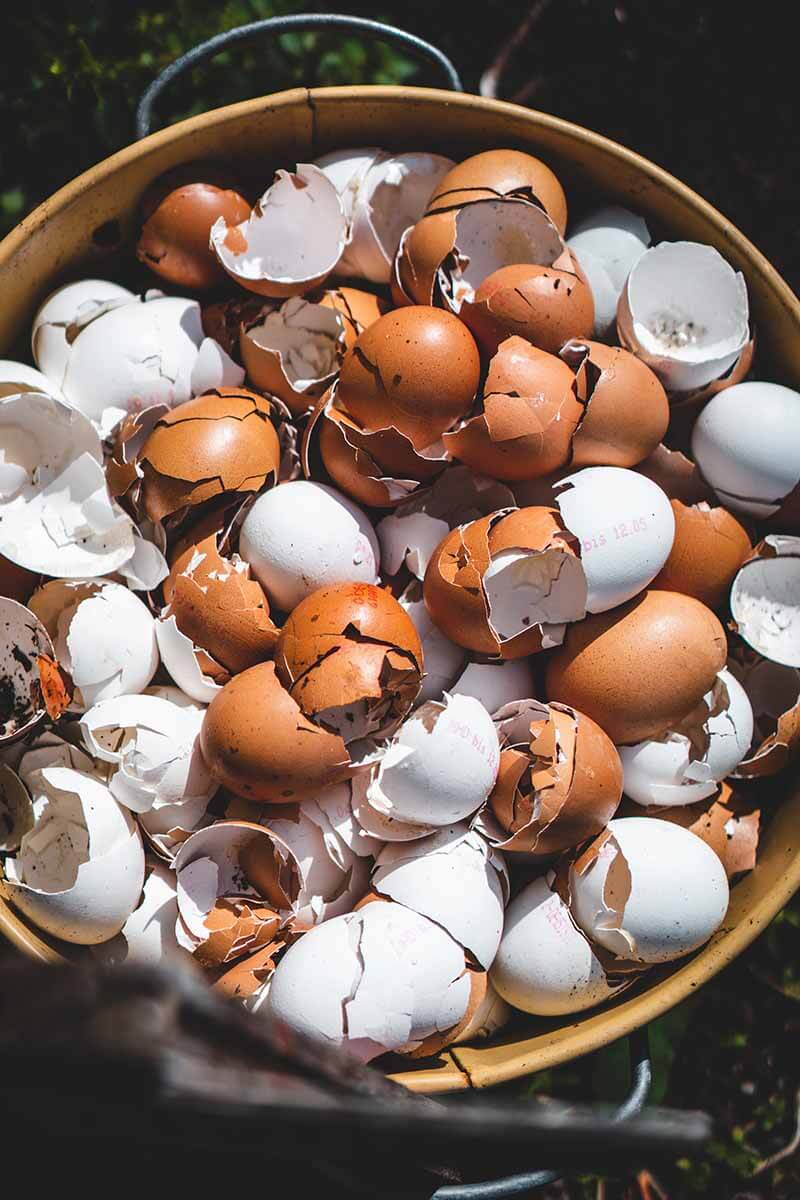
Composting compostable plates is a rewarding way to reduce waste and create valuable nutrient-rich compost for your garden or community. In this step-by-step guide, we will walk you through the composting process for these plates. From setting up a composting system to ensuring optimal composting conditions, we’ll provide practical tips and best practices. By following these steps, you’ll be able to transform used compostable plates into a valuable resource that nourishes the soil and supports sustainable gardening practices.
Step 1: Choose a Composting Method:
Select a composting method that suits your needs and available space. Options include traditional composting piles, compost bins, or tumblers. Consider factors such as the amount of compostable material you generate, available outdoor space, and desired composting timeline.
Step 2: Gather Compostable Plates:
Collect used compostable plates and any other compostable materials, such as food scraps, yard waste, and other biodegradable items. Ensure that the plates are free from non-compostable materials like plastic or metal.
Step 3: Shred or Break Down the Plates (Optional):
To speed up the composting process and enhance decomposition, consider shredding or breaking down the compostable plates into smaller pieces. This helps increase the surface area, allowing microorganisms to break down the material more efficiently.
Step 4: Layering in the Composting System:
Begin layering your compostable plates and other organic materials in your composting system. Alternate between green materials (nitrogen-rich) such as food scraps and brown materials (carbon-rich) such as dry leaves or shredded paper. Aim for a balanced carbon-to-nitrogen ratio for optimal decomposition.
Step 5: Moisture and Aeration:
Maintain the right moisture level in your compost pile or bin. It should be damp, similar to a wrung-out sponge. Regularly check the moisture content and add water if it’s too dry or add dry carbon-rich materials if it’s too wet. Turning or aerating the compost pile periodically helps provide oxygen to the microorganisms and promotes decomposition.
Step 6: Temperature and Turning:
Composting generates heat as microorganisms break down organic matter. Monitor the temperature of your compost pile regularly, aiming for a range of 120-160°F (49-71°C). If the temperature rises above this range, consider turning the pile to ensure even decomposition and prevent overheating.
Step 7: Composting Time:
Composting time varies depending on factors such as the composting method, materials used, and environmental conditions. Compostable plates generally take several months to break down completely. Patience is key; allow nature’s processes to work their magic.
Step 8: Monitoring and Adjustments:
Regularly monitor your compost pile for any issues such as excessive moisture, unpleasant odors, or slow decomposition. Adjust the moisture content, aeration, and carbon-to-nitrogen ratio as needed. Remember to be mindful of the balance between green and brown materials.
Step 9: Harvesting and Using the Compost:
Once the composting process is complete, the compost will appear dark, crumbly, and earthy with no recognizable plate remnants. Harvest the compost by removing any remaining undecomposed materials and use it to enrich your garden soil or donate it to community gardens, local farmers, or educational institutions.
Frequently Asked Questions About Compostable Plates
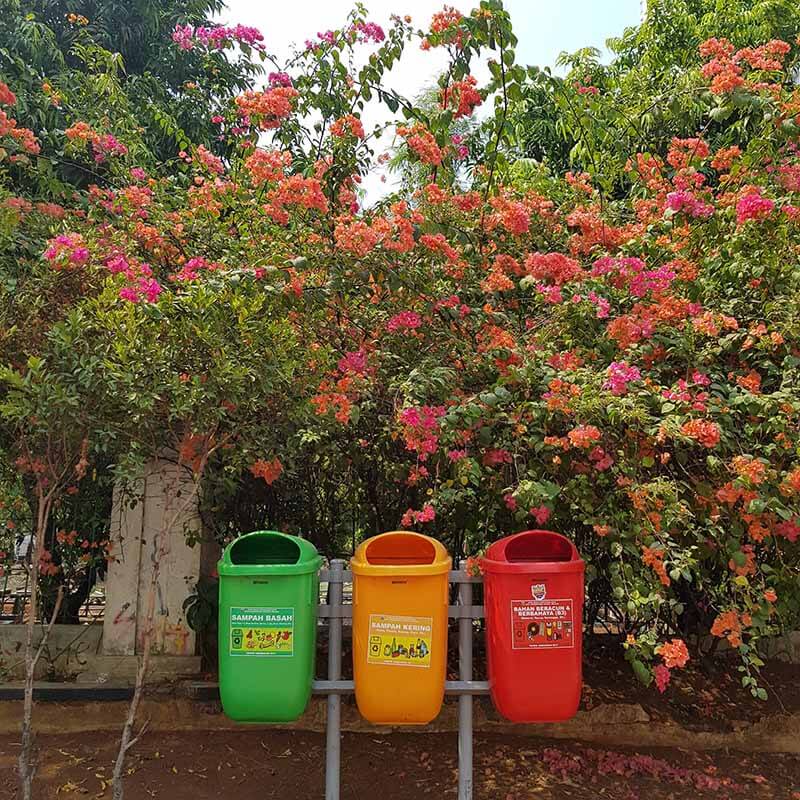
What is the composting time required for compostable plates?
The composting time for compostable plates can vary depending on factors such as the specific material, composting conditions, and the composting method used. Generally, it takes several months for compostable plates to break down completely. However, it’s important to note that industrial composting facilities can provide optimal conditions for faster decomposition compared to home composting setups.
Are compostable plates safe for use?
Compostable plates are designed to be safe for use with food. They are made from materials that meet specific safety standards and regulations. Look for certifications such as ASTM D6400 or EN 13432, which ensure that the plates are tested and verified to be safe for food contact. However, it’s always recommended to follow the manufacturer’s guidelines and use compostable plates as intended.
How do compostable plate costs compare to other types of plates?
Compostable plates may have a slightly higher upfront cost compared to traditional disposable plates made from materials like plastic or foam. However, when considering the overall environmental impact and long-term benefits, the cost difference becomes more justifiable. It’s important to evaluate the cost in terms of environmental sustainability and choose compostable plates that align with your values and specific needs.
Is composting infrastructure available in all regions?
The availability of composting infrastructure varies depending on the region and local waste management practices. Some areas have well-established composting facilities, while others may have limited or no access to such facilities. It’s advisable to research and contact local waste management authorities or composting facilities to understand the composting options available in your specific area. Additionally, you can explore home composting options if suitable for your needs and circumstances.
Can compostable plates be composted at home?
Compostable plates can be composted at home under certain conditions. Home composting requires specific factors such as proper compost bin setup, a balance of carbon (brown) and nitrogen (green) materials, moisture control, and regular turning or aerating of the compost pile. However, it’s important to note that some compostable plates may require higher temperatures and conditions typically found in industrial composting facilities. Check the manufacturer’s guidelines to determine if the plates are suitable for home composting.
What happens if compostable plates end up in a landfill?
When compostable plates end up in a landfill, they are unlikely to decompose properly due to the lack of oxygen and ideal composting conditions. Instead of breaking down naturally, they may produce methane, a potent greenhouse gas. It’s crucial to dispose of compostable plates in appropriate composting facilities or systems to maximize their environmental benefits and avoid contributing to landfill waste.
Can I use compostable plates in the microwave or oven?
Compostable plates made from materials like bagasse or palm leaf are generally microwave-safe and can withstand moderate heat. However, it’s important to check the manufacturer’s guidelines for specific temperature and usage recommendations. Some compostable plates may have limitations in terms of high-temperature resistance, so it’s essential to use them within the specified guidelines to avoid damage or safety risks.
Are compostable plates suitable for all types of food?
Compostable plates are suitable for a wide range of food items, including both hot and cold meals. However, it’s important to consider the specific material and its characteristics. For example, some materials may be more suitable for handling hot and saucy dishes, while others may be better for cold or dry foods. Choose compostable plates that are appropriate for the types of food you plan to serve.
Sustainable Tableware for Home: An Eco-Conscious Consumer’s Guide

Material Durability and Suitability:
Consider the durability and suitability of compostable plate materials for your specific needs. Bagasse, bamboo, palm leaf, wheat straw, and PLA are popular choices. Bagasse offers sturdiness and heat resistance, while bamboo brings an elegant aesthetic. Palm leaf plates are durable and oil-resistant, while wheat straw plates provide a natural texture. PLA plates resemble traditional plastic but are made from plant starches. Assess your preferences and the intended use of the plates to choose the material that best aligns with your requirements.
Size and Shape Options:
Compostable plates come in various sizes and shapes to accommodate different meal portions and dining styles. Consider the average portion sizes you serve and choose plates that provide ample space without being excessively large. Square, round, or compartmentalized options are available, allowing you to select the design that suits your aesthetic preferences and the types of meals you typically enjoy.
Compatibility with Different Types of Food:
Ensure that the compostable plates you choose are compatible with the types of food you regularly consume. Some materials may be better suited for hot or cold food items, while others may handle saucy dishes more effectively. Look for plates that have been tested for microwave or oven use, if needed, and consider the temperature resistance and oil resistance of the materials.
The Environmental Impact of Disposable Plates

Carbon Footprint:
Non-compostable plates, often made from materials like plastic or foam, contribute to a substantial carbon footprint. The production of these plates involves the extraction of fossil fuels, energy-intensive manufacturing processes, and transportation emissions. Additionally, their disposal through incineration or landfill leads to the release of greenhouse gases, contributing to climate change. In contrast, compostable plates made from renewable resources significantly reduce carbon emissions, as their production involves fewer fossil fuel inputs and lower energy consumption.
Waste Generation:
The use of non-compostable plates contributes to excessive waste generation. These plates are typically used once and then discarded. As a result, they rapidly accumulate in landfills or end up as litter in the environment. Non-compostable plates are designed to be durable, which means they do not easily degrade naturally over time. This leads to persistent waste that takes decades or even centuries to break down. In contrast, compostable plates have the advantage of being designed to biodegrade, reducing the burden on landfills and minimizing long-term waste accumulation.
Landfill Impacts:
The disposal of non-compostable plates in landfills presents various challenges. Landfills are finite spaces, and the accumulation of non-biodegradable materials, such as plastic or foam plates, consumes valuable landfill capacity. These materials take up space for long periods without decomposing, limiting the space available for other waste. Additionally, non-compostable plates in landfills can release harmful chemicals over time, impacting soil and water quality. By choosing compostable alternatives, we can divert waste from landfills, promote efficient use of landfill space, and mitigate the associated environmental risks.
Benefits of Choosing Compostable Alternatives:
Reduced Carbon Emissions: Compostable plates have a significantly lower carbon footprint compared to non-compostable plates, as they are made from renewable resources and require fewer fossil fuel inputs during production.
Waste Reduction: By choosing compostable plates, we reduce waste generation and contribute to a more sustainable waste management system. Compostable plates break down naturally over time, returning to the soil as nutrient-rich compost.
Preservation of Landfill Space: Opting for compostable plates reduces the strain on limited landfill space, allowing for more efficient use of these areas and extending their lifespan.
Soil Health and Nutrient Recycling: Composting compostable plates contributes to the production of nutrient-rich compost that can be used to enrich soil and support sustainable agriculture. This closed-loop approach helps conserve resources and fosters a more circular economy.
Trends and Innovations in Compostable Plate Technology
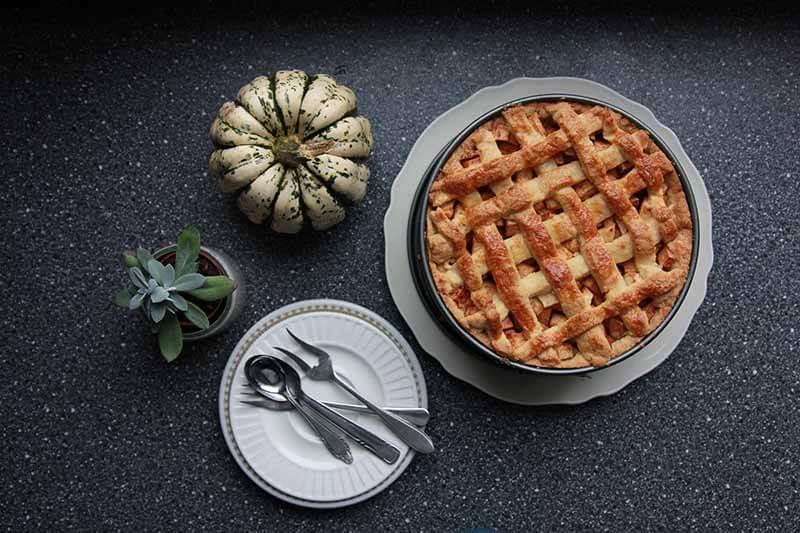
Advanced Compostable Materials:
Researchers and manufacturers are continually exploring new materials with enhanced properties for compostable plates. Innovations include the development of plant-based bioplastics that offer improved heat resistance, durability, and oil resistance. These materials provide alternatives to traditional petroleum-based plastics, reducing reliance on non-renewable resources and offering better performance in terms of functionality and compostability.
Lignin-Based Composites:
Lignin, a natural polymer derived from plant cell walls, is being explored as a promising material for compostable plates. Lignin-based composites offer a renewable and biodegradable alternative to petroleum-based plastics. These composites exhibit excellent strength, flexibility, and thermal stability, making them suitable for a wide range of applications, including compostable tableware.
Sustainable Manufacturing Techniques:
Manufacturing processes for compostable plates are evolving to improve efficiency and reduce environmental impact. Innovative techniques include energy-saving methods, such as using renewable energy sources in production facilities. Additionally, advancements in molding and forming technologies allow for more precise shaping of compostable plates, enabling the creation of complex designs and customization options.
Composting Infrastructure:
The development and expansion of composting infrastructure play a crucial role in the future of compostable plate technology. Governments, businesses, and communities are investing in composting facilities that can efficiently process compostable materials on a larger scale. These facilities utilize controlled environments and optimal conditions to accelerate the composting process, ensuring maximum decomposition of compostable plates and other organic waste.
Education and Consumer Awareness:
An essential trend in compostable plate technology is the increasing focus on education and consumer awareness. Manufacturers and environmental organizations are actively raising awareness about compostable plates and their benefits. Educational campaigns aim to inform consumers about proper disposal methods, composting guidelines, and the environmental advantages of choosing compostable alternatives. This awareness encourages responsible consumer behavior and fosters a culture of sustainability.
Circular Economy Initiatives:
The concept of a circular economy, which aims to minimize waste and maximize resource utilization, is gaining traction in the compostable plate industry. Manufacturers are exploring closed-loop systems where compostable plates are collected, composted, and returned to the production cycle as feedstock for new compostable products. This approach reduces the reliance on virgin materials and supports a more sustainable and regenerative system.
If you would like to know more details about Bagasse Compostable Plates, you can check on Science Direct.
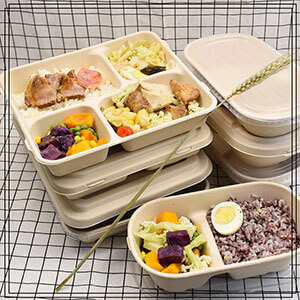
John Q
John Q is Eco March’s Product Manager. With 5 years of prior experience in the food industry after graduating from university, he has been an integral part of Eco March. He excels in creating and developing eco-friendly food packaging products with a keen focus on enhancing the consumer experience.


